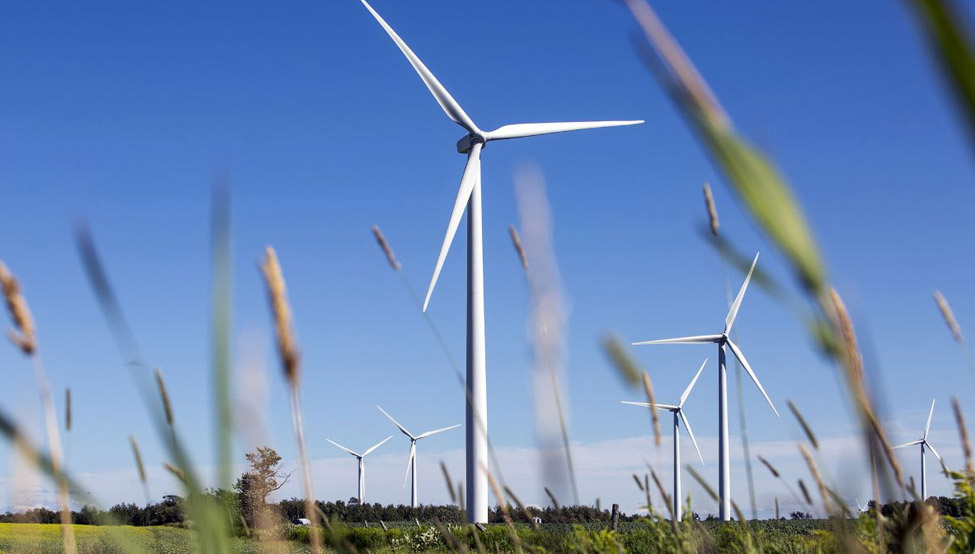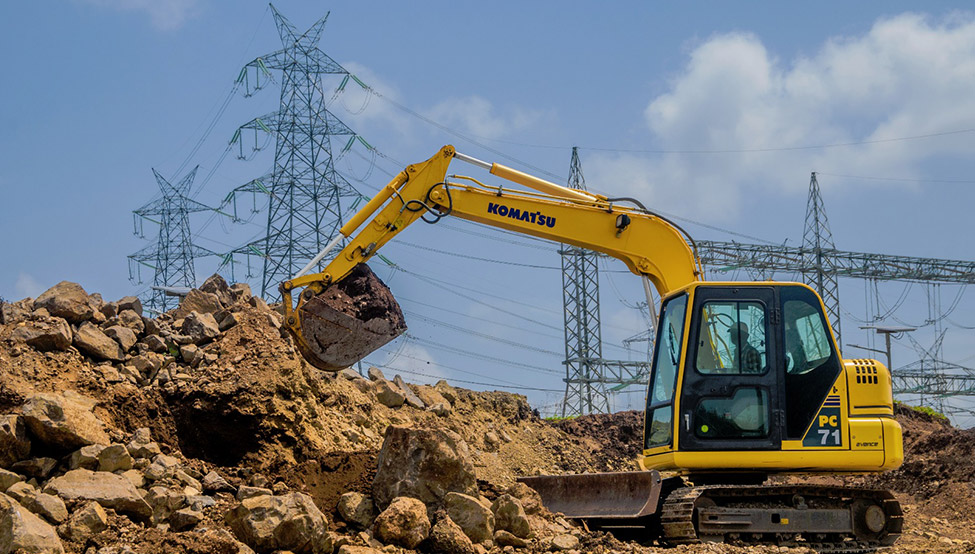Wastewater Treatment and Facilities
Wastewater treatment plants and other supporting facilities are used to eliminate contaminants from used water, such as sewage or industrial wastewater, to the point of being able to return it to the environment with minimal impact or reused. This process requires the water to undergo multiple processes that require infrastructure such as:
- Grit tanks
- Clarifiers
- Maintenance, administration, and laboratory buildings
- Settlement tanks
- Bioreactors
- Outfalls
- Other less effective ways to handle wastewater include:
- Lagoons
- Pit latrines
- Septic tanks

Oil & Gas Construction and Maintenance
Oil and gas in western Canada require different construction activities through each phase. From the very beginning of the production phase, lease roads and pads are needed to provide access to well heads and remote oil sands locations. From there, the oil and gas industry utilizes more construction activities to develop facilities such as:
- Pipeline installations
- Storage and treatment tanks
- Booster and compressor stations
- Refineries
- Upgraders
- Chemical plants
- Processing and treatment plants such as fractionation plants and straddle plants
- Tank farms

Gas Stations
Gas stations and truck stops are a significant part of the downstream retail sector of the oil and gas industry. With over 24.6 million registered road motor vehicles in Canada, you can see why. Typical fuel stations involve a lot more infrastructure than most people realize. Some examples of this include:
- Fuel storage tanks
- Fuel dispensers
- Overhead canopies to offer some protection from the elements as visitors fuel up
- Petroleum lines running from specific tanks or sections of tanks to offer the consumer a selection of fuels at each pump
- Underground utilities require additional safeguards to prevent environmental contamination and damage to the structures from hydrocarbon exposure
- Convenience stores that are connected to monitoring and controls systems
- Car washes
- Waste disposal systems

Solar, Wind, and Hydroelectric
Renewable energy or green energy is one of the fastest growing industries. Wind farms are becoming more and more prevalent on the prairies as other more environmentally impacting methods are being slowly phased out. Hydroelectricity is one of the oldest type of generated electricity, beginning with the water wheel. Today, with large dams, hydroelectricity accounts for roughly 60% of Canada’s total generated electricity. Solar energy is also becoming popular, from individual homeowners to large scale solar farms. Green technology is constantly advancing, becoming more efficient and affordable. These sources still require a substantial amount of construction before producing clean energy, such as:
- Dams
- Wind mills
- Access roads
- Foundation structures
- Access roads
- Substations
- Power collection and distribution lines

Transmission and Substation
The electrical grid is an ever increasingly complex system. Driven by rapidly changing technology such as green energy generation sources, electric vehicle charging stations, and smart energy, the demand continues to grow for adapting, upgrading, and building new transmission and distribution infrastructure. This includes things like:
- Rights-of-way
- Overhead and underground transmission and distribution lines
- Transmission towers
- Transformers
- Switches
- Circuit breakers
- Ground grid
- Security fencing
- Substation yards with insulating rock
- Busbars
- Control buildings

Environmental Remediation
Environmental remediation involves the removal and proper disposal of polluted or contaminated materials. Contaminants include petroleum products, hazardous waste, metals, household garbage, etc. Resulting from leaking tanks, spills from trucks or train cars, mining tailings, littering, and more, these things get into our environment and can cause devastating damage to wildlife and their ecosystems that can be passed up the food chain to us. Although prevention would be the best option, responsible remediation efforts such as the following can minimize the risks associated:
- Soil excavation, transport, and disposal
- Underground storage tank removal
- Landfill decommissioning
- Water treatment plants
- Mine reclamation
- Tailings neutralization
- Dredging
- Bioremediation

